Photographer Willy Vanderperre does not like the word retrospective. “Nobody really likes the word retrospective, right?” he says over the phone from Antwerp, Belgium, where he is putting the final meticulous touches to his first European solo show, prints, film, posters and more, which opened this weekend at London’s Store X.
It’s why he is steadfast that this exhibition is anything but a collection of greatest hits – though it does promise some of the Belgian photographer’s most enduring images, on show for the very first time – like that of Robbie Snelders, face painted with the outline of Mickey Mouse, taken in Antwerp in the 1990s. (That photograph would go on to cover Raf Simons and Francesco Bonami’s wildly collectible fashion tome, The Fourth Sex: Adolescent Extremes, an era-defining exploration of restless youth, and what they wear.)
Instead, Vanderperre’s approach was to find works from his vast, influential catalogue that spoke to each other, regardless of their context, or the year they were shot. The result is a conversation between images – one which speaks to where he is as a photographer, now.
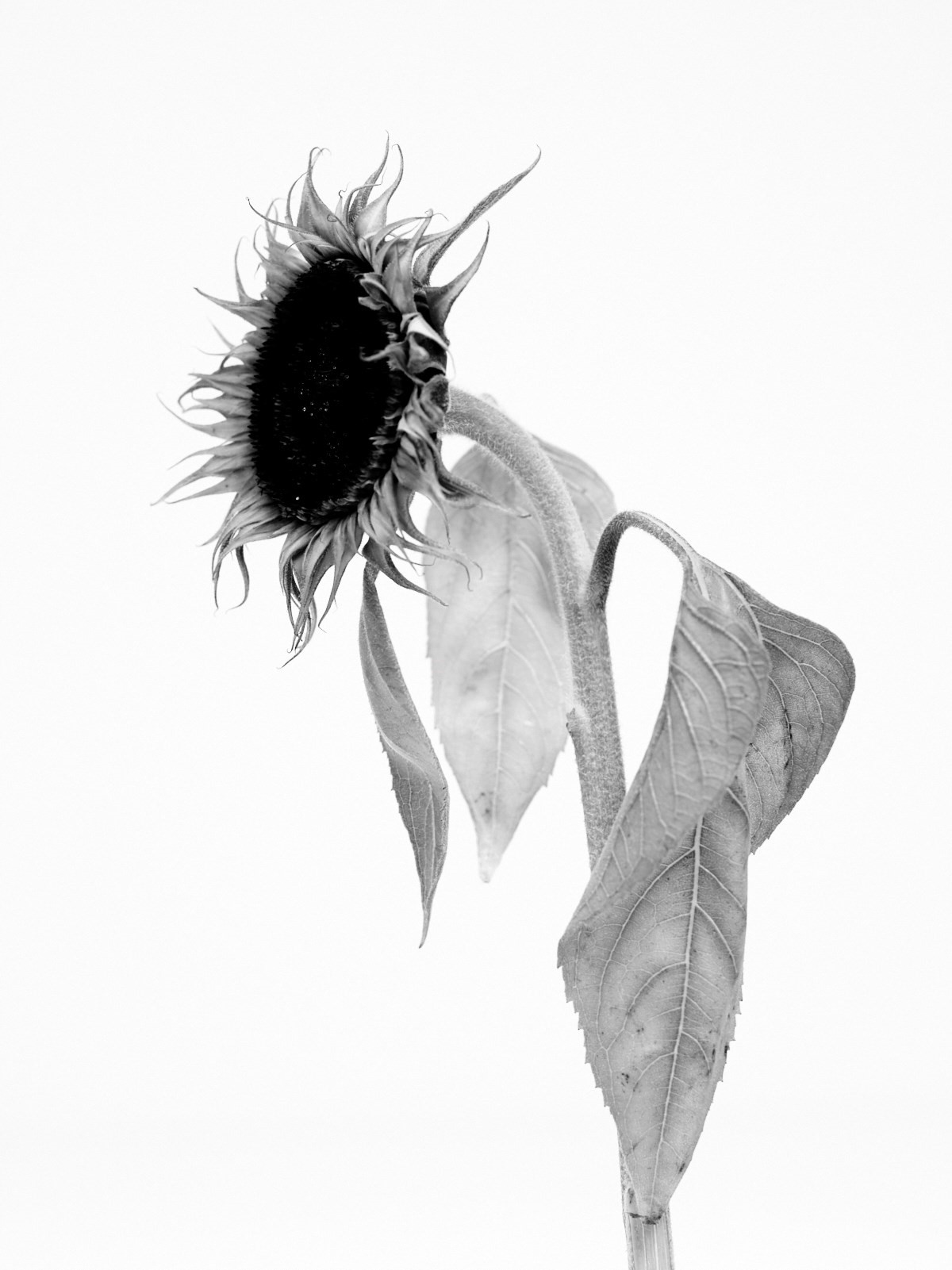
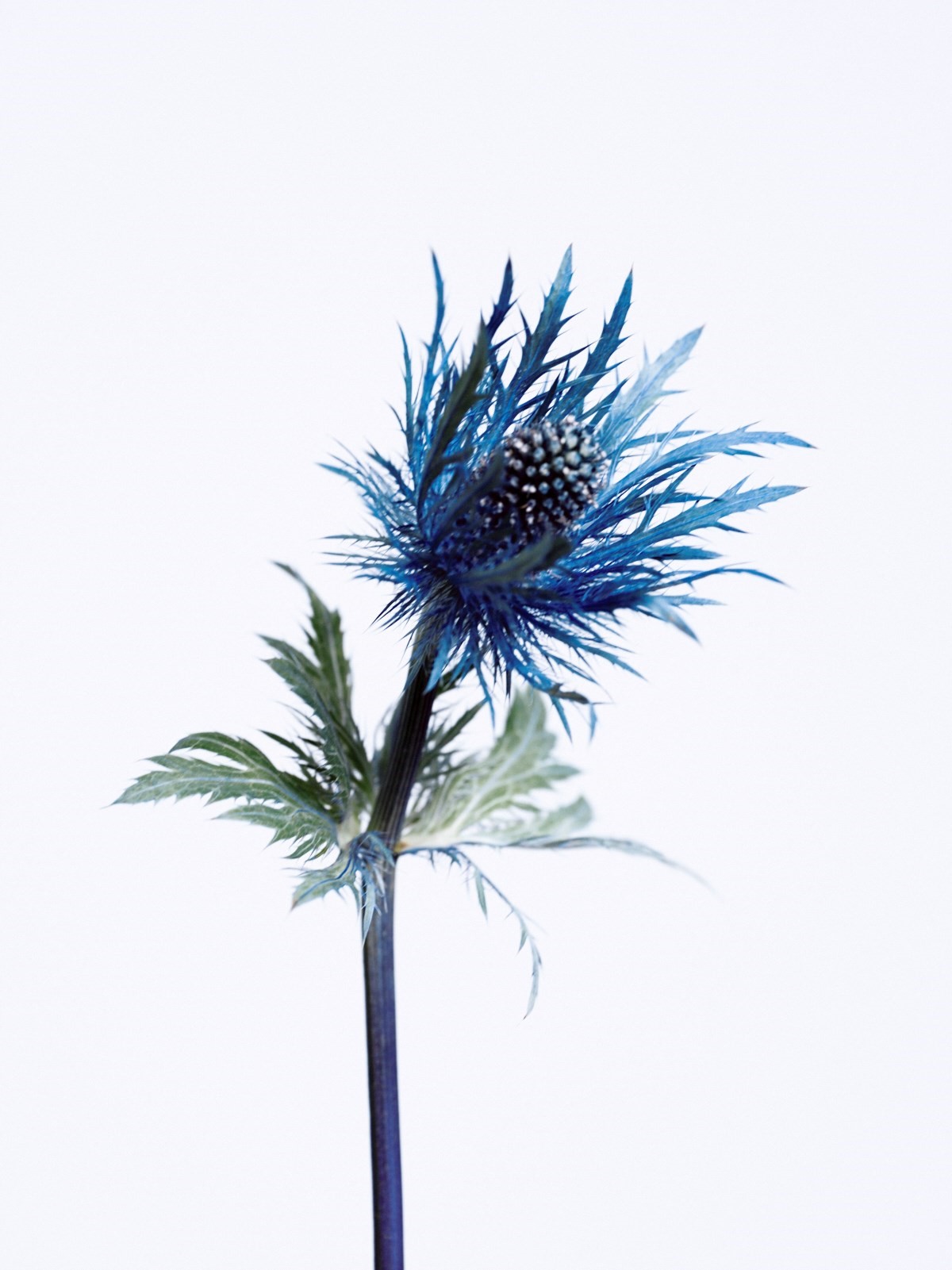
It’s that word – ‘now’ – that Vanderperre returns to often over the course of our conversation. “For me, it’s so important that I’m living in the now,” he says. It’s part of the reason he decided to bring the exhibition to London from New York, where its first incarnation existed at Brooklyn’s Red Hook Labs in 2016, under the same name. “London is a very now city,” he explains. “It’s not so much about the past, it’s about the now and the future. That’s why I thought it was more important to show what I was working on at the moment.”
Although the ethos of the exhibition remains the same, attendees of the New York show will not find a carbon copy in London. “Some of the items and some of the images of the New York show come back in this one,” he says. “But, weirdly enough, it’s more based also on my experiences in London, including work from AnOther, and Another Man.”
The exhibition space itself sits below the offices of Dazed Media, home to both those magazines, and Dazed itself, publications that Vanderperre has long shot for. Meeting longtime friend Jefferson Hack, the group’s co-founder, at the opening of the show in New York set the wheels in motion – Hack was emphatic that the exhibition should come to London. Visitors will find the show in the bowels of the Brutalist building, now Store X, a hub for the city’s creative community, stretching through its gutted corridors and vast concrete halls.
Vanderperre was born in Flanders, Belgium, the Dutch-speaking northern part of the country. Known as Belgium’s Bible Belt, the rural heartland is far away from the fashion world which Vanderperre now occupies. But that’s partly the point – there, as a teenager, he learnt how it feels to be isolated, to be an outsider, an experience later re-explored in his directorial debut, Naked Heartland, a film where lonely adolescents inhabit the area’s Catholicism-steeped interiors, and vast, raw landscapes.
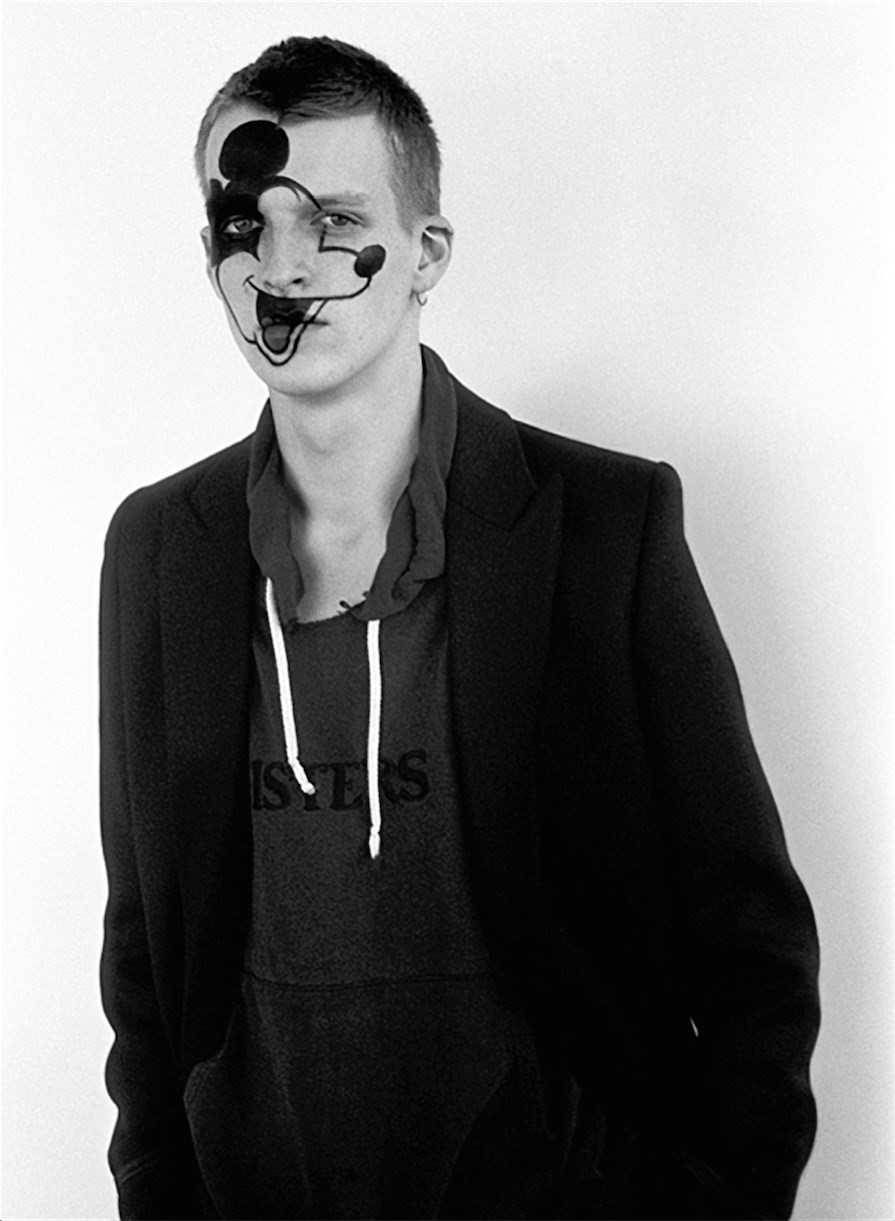
They are themes that occur throughout his work, his visceral, poetic photographs balancing the isolation of youth with the energetic culture such isolation spawns. Teenage obsessions are a particular fascination for Vandeperre, one he shares with perhaps his most influential collaborator, Raf Simons, a man he has worked with for almost the entirety of the designer’s career. “It’s the most pure of stages,” he says. “There’s a sense of hesitation which I think is always beautiful, there’s a sense of doubt which is always beautiful, and there’s a sense of fragility.”
But for Vanderperre, youth is not restrained to a time frame; it is a concept, a state of mind. “You can say ‘oh youth, it’s a thing between when you are 16 and 18’, but you can also even be older and still be very youthful,” he says. “It’s also that moment where you question everything.”
That said, it’s the young’s imagination that he hopes to capture when the exhibition opens. Aside from the inflections of youth in his images, he is making a raft of ephemera to appeal to the demographic – pieces you can buy and take home at affordable prices. “There’s a badge, there’s a patch, there’s like, 15 items,” he explains. On Vanderperre’s insistence, this isn’t typical exhibition merch – instead, each piece is an artwork in itself, signed and numbered, as much a part of the show as the blown-up images on the walls.
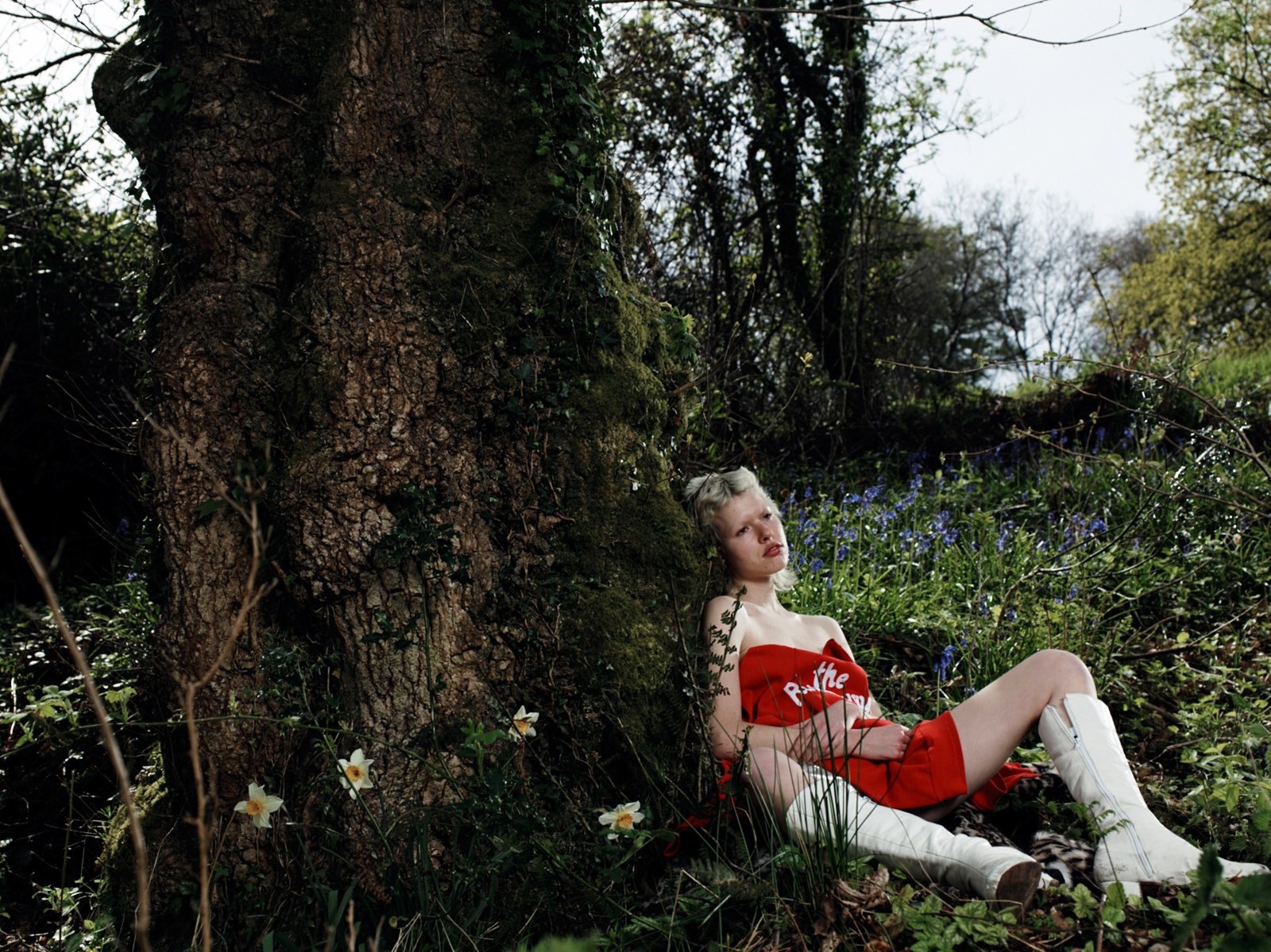
“If you put it in the show, and you actually add it to the wall, it instantly is elevated to something else,” he says. “And that’s just the way we perceive things and the way we are brought up, right? If you go to a show, and it’s on the wall, it’s to be referred to as art – if you want to use the big word – but it’s no longer merchandise.”
That said, Vanderperre appreciates the link between this ephemera and the real-life band merchandise he collected growing up. “When I was young you wanted to own a piece of that person that you felt inspired you in whatever kind of sense,” he says. “For me it is very important that we stay in touch with the audience as well – you’re being pretentious to think that people who actually want to own a piece of your work all have the same means.”
The fact that these are pieces you can reach out and touch speaks to Vanderperre’s approach, which is visceral. His images capture, and evoke, emotion. Sometimes that emotion is raw, and unrestrained – the contorted limbs of a dancer’s bruised body, a blindfolded woman daubed in red paint – other times, the power comes from stillness. The counterpoint to youthful transgression in his work is the austere Flemish works of the 15th and 16th centuries, his stark, studio-lit portraits reflecting that same heaviness of the subject’s gaze, the porcelain skin and richness of cloth.
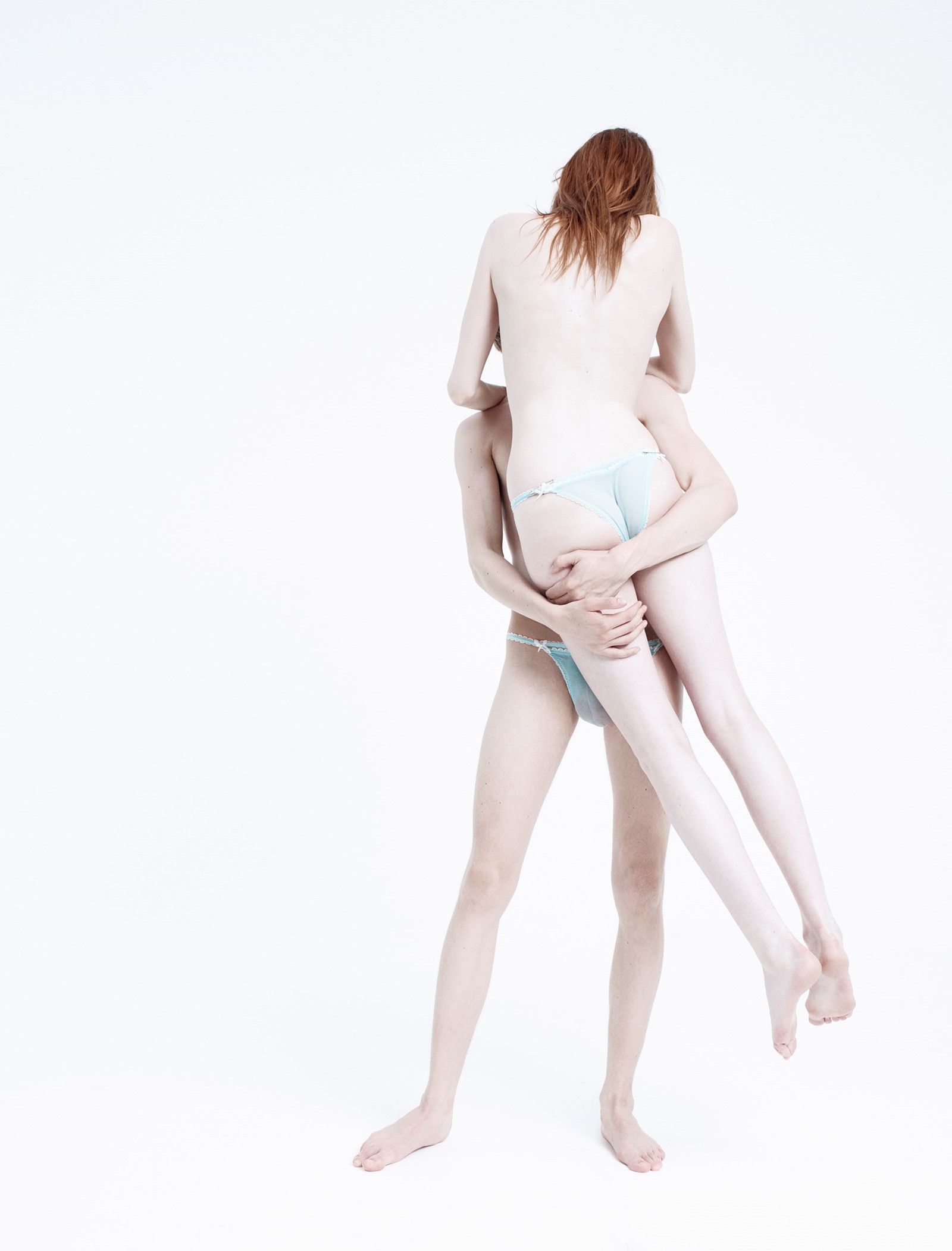
“I think in general we were very much talking about emotion,” he says of the exhibition. “When you walk in there’s a sense of intimacy I tried to evoke, sometimes it’s just about a colour, or it’s about a feeling. There’s a fear of emotion now I feel, and there’s a fear of nudity, there’s a fear of others, of crossing boundaries nowadays.”
Of his inspiration, he credits his collaborators – Simons, Peter Philips, Olivier Rizzo, of course, but also stylists Alister Mackie and Katy England, the latter of which he recently worked with on one of AnOther Magazine’s S/S18 covers.
His work ultimately is about a dialogue with these collaborators. “We try to create a certain universe and I think that’s the beauty of it,” he says. “There’s something beautiful about that, that if you create this language and just push yourself, push yourself forward. I think it’s more difficult, but at the same time, it’s more satisfying, because it’s a dialogue, it’s so much more.”
He hopes this dialogue continues with those who visit his exhibition. Quite simply, he hopes they feel something. “I’m hoping you will like this show,” he says. “I think that’s what it all boils down to, that you walk through it, that you feel something, or that you – I don't know – you might get angry from it – hopefully not – or you might be happy that you’ve seen it, at least you experienced something. At the end of the day that’s all.”
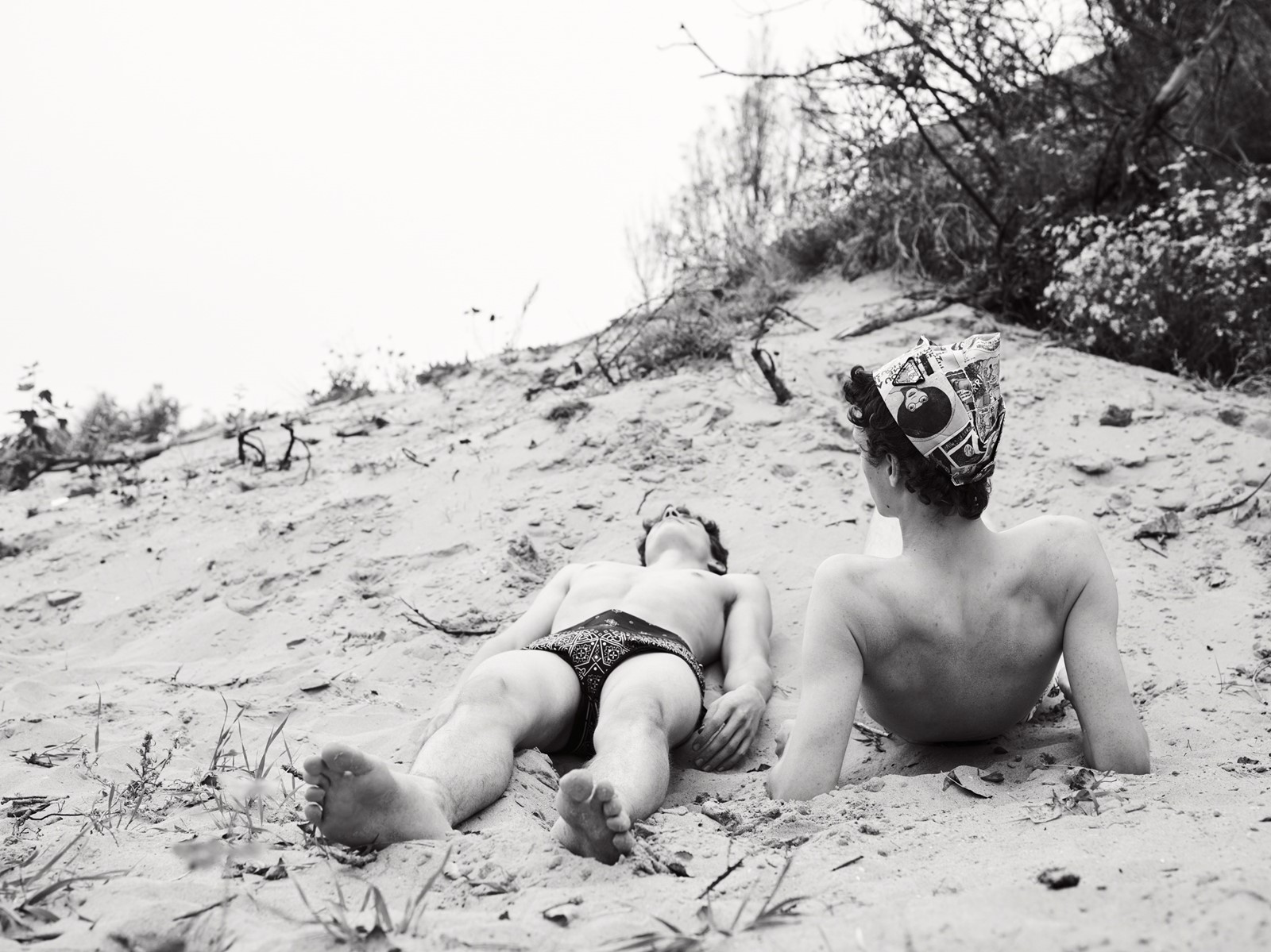
prints, film, posters and more runs at the Store X, 180 the Strand, London, WC2R 1EA until March 17, 2018.
